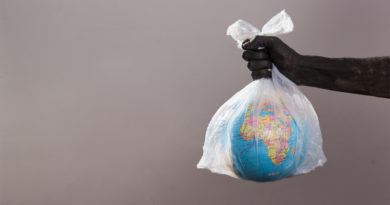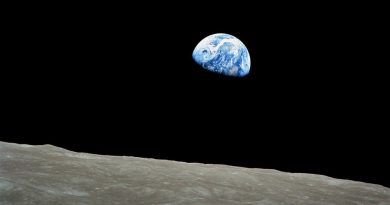Now Teach Your Kids To Build a Perfect Planet
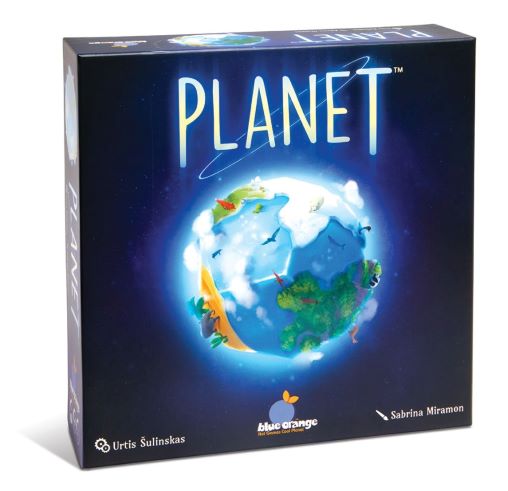
Often times than not, we struggle to teach children how and what affects the planet, but a company called Blu Orange Games have come up with a board game that could teach children and hopefully us, to save and protect our planet
There is a new award-winning board game in the block that asks you to do a seemingly simple task: build the perfect planet for wildlife. The game called Planet, is designed by Blue Orange Games and was awarded the official Mensa Select distinction because each is original in concept, challenging, and well designed. Additionally, these games provide a high value for the price, are easy to comprehend and play, and prove highly entertaining.
The game Planet is a fast-paced, beautifully designed, kid-friendly game that everyone, regardless of whether they are an environmentalist, can appreciate. It challenges players to build their own planets for whatever animals chance has laid out for them. It also allows the players to spread mountain ranges and deserts, or expand forests, oceans and glaciers. Strategically position their continents to form hospitable environments for animal life to develop and try to create the most populated and diverse Planet!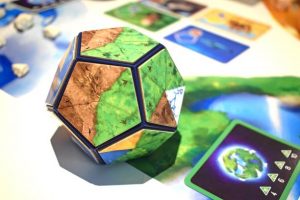
- DESIGNER: Urtis Šulinskas
- ILLUSTRATOR: Sabrina Miramon
- CONTENTS: 4 planet cores, 50 continent tiles, 45 animal cards, 5 objective cards, 1 first player token
- SKILLS: Problem-solving, Math
- PRICE: £ 26 (Rs. 2400)
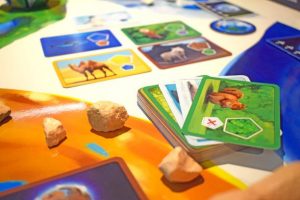
Each Player receives a planet core without anything on it, at each turn players will chose a tile with mountain/ice/forest/desert on it and place it on the planet. Then the player who fulfil the most the condition of apparition of some animals, gain its card.
The game may take place on fantasy worlds, but it reminds us that we, ultimately, have the power to shape habitats all life depends on.
Here’s how you play: Up to four people receive a 3D planet they can stick landscape tiles onto via magnets. These tiles include desert, grass, ice, ocean, and mountain areas. Each turn, the players pick one of these tiles and, starting by the third turn, they can select animal tiles too. But you need to have the right habitats in place in order to do so, and every animal has its own requirements. For instance, the penguin needs its planet to be mostly ice, but that ice must touch water. The blue whale needs a planet with five ocean regions. The Fennec fox requires a planet with mostly desert that’s not touching any mountain land.
Urtis Sulinskas, who designed the game said, “Choosing the right terrain combinations and placing them wisely while observing other players is the key to victory,” and added, “However, in the end, there is a pleasant feeling for each player holding their own unique planet, that they have designed.”
During the game, though, the players will become competitive on choosing the habitat tiles that suit the animals. Every player gets a “Natural Habitat Objective Card” that offers points for the amount of habitat you accrue related to the card, but the rewards are comparably small. Animal cards offer the most points, and without them, there’s no way you’re winning.
So may be instead of next Nintendo or X box, parents and siblings could look up for this game and go old school for board games. We can never know who can get inspired to become the next David Attenborough or Steve Irwin.

